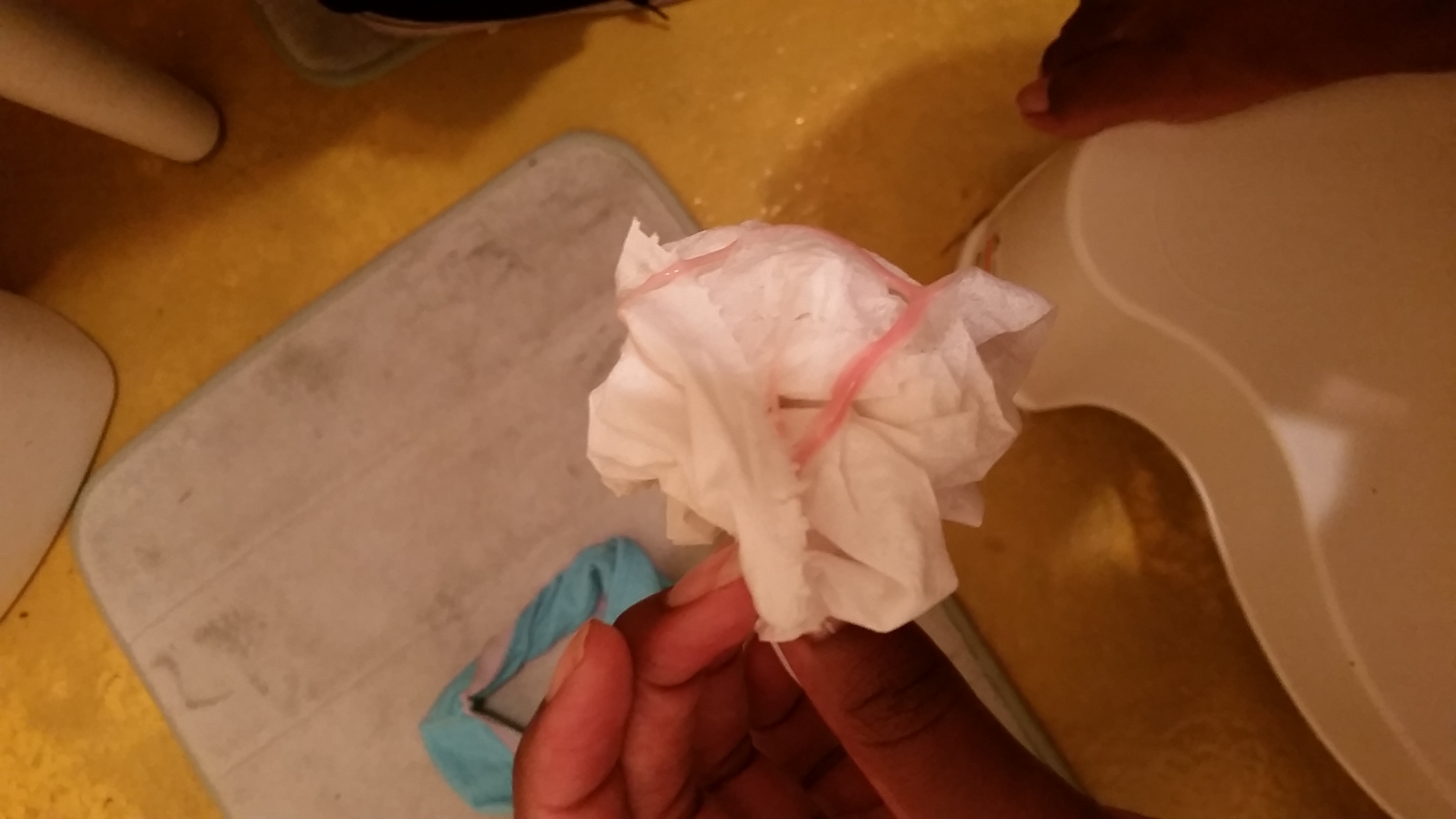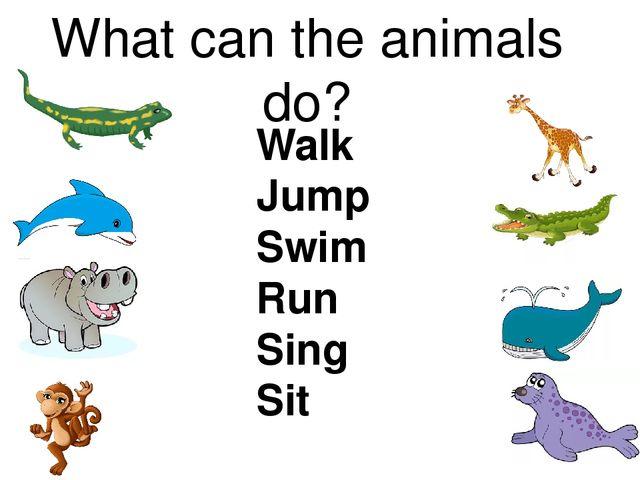How do i help my child become a better reader
Helping Your Child Become a Reader
There are a number of steps that parents and other family members can take to help prepare their young children to become readers and to support the reading habit once they are in school. These include:
1. Talk to your child
Feed your child a diet of rich language experiences throughout the day. Talk with your infants and young children frequently in short, simple sentences. Tell stories, sing songs, recite nursery rhymes or poems, and describe the world around them to expose them to words. Name things. Make connections. Encourage your child's efforts to talk with you.
2. Read Aloud
Try to read aloud to your children for 30 minutes daily beginning when they are infants. Ask caring adults to be your children's daily reader when you are unavailable.
3. Test your child's eyes and ears
Have your child's eyesight and hearing tested early and annually. If you suspect your child may have a disability, seek help. Evaluations and assessments are available at no cost to parents. Call the early childhood specialist in your school system or contact the National Information Center for Children and Youth with Disabilities.
4. Choose child care carefully
Seek out child care providers who spend time talking with and reading to your child, who make trips to the library, and who designate a special reading area for children.
5. Ask the teacher about your child's reading
Ask your child's teacher for an assessment of your child's reading level, an explanation of the approach the teacher is taking to develop reading and literacy skills, and ways in which you can bolster your child's literacy skills at home.
6. Limit TV watching
Limit the amount and kind of television your children watch. Seek out educational television or videos from the library that you can watch and discuss with your children.
7. Create a reading corner
Set up a special place for reading and writing in your home. A well-lit reading corner filled with lots of good books can become a child's favorite place. Keep writing materials such as non-toxic crayons, washable markers, paints and brushes, and different kinds of paper in a place where children can reach them.
A well-lit reading corner filled with lots of good books can become a child's favorite place. Keep writing materials such as non-toxic crayons, washable markers, paints and brushes, and different kinds of paper in a place where children can reach them.
8. Visit the library
Visit the public library often to spark your child's interest in books. Help your children obtain their own library cards and pick out their own books. Talk to a librarian, teacher, school reading specialist, or bookstore owner for guidance about what books are appropriate for children at different ages and reading levels.
9. Show that you read
Demonstrate your own love of reading by spending quiet time in which your child observes you reading to yourself. You are your child's greatest role model. Show your child how reading and writing help you get things done every day-cooking, shopping, driving, or taking the bus.
10. Join a family literacy program
If your own reading skills are limited, consider joining a family literacy program.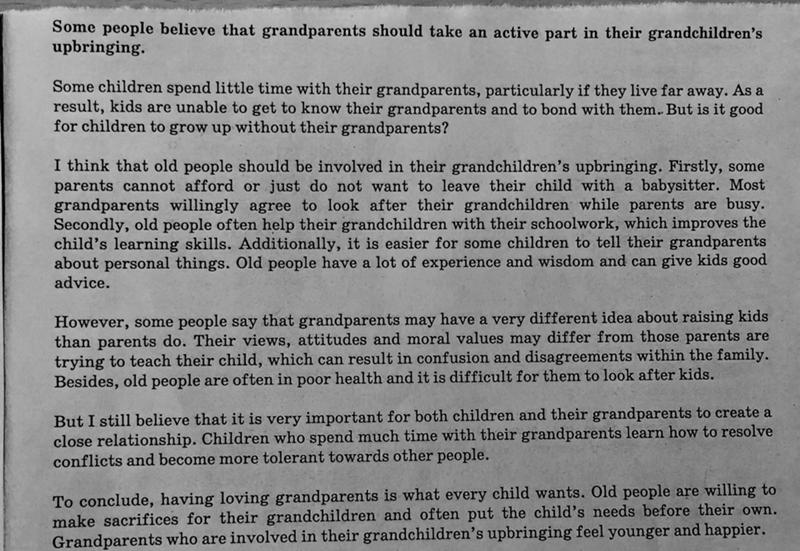 Ask a librarian for picture books that you can share with your child by talking about the pictures. Tell family stories or favorite folktales to your children.
Ask a librarian for picture books that you can share with your child by talking about the pictures. Tell family stories or favorite folktales to your children.
11. Give books
Consider giving books or magazines to children as presents or as a recognition of special achievements. Special occasions, such as birthdays or holidays, can be the perfect opportunity to give a child a new book.
12. Tap relatives
Connect your children with their grandparents and great-grandparents. Encourage them to read books together, talk about growing up, tell stories, and sing songs from their generation.
13. Attend book activities
Ask about free readings and other programs at bookstores in your community.
10 Ways to Motivate Kids to Read + Downloadable Quick Guide
by Marie Rippel
Quick poll: Which category is your child in?
- LOVES to read!
- Could take it or leave it.
- Really dislikes reading.

Our goal—and I’m guessing it’s your goal too—is to get your child into the first category.
But what can you do if your child just isn’t motivated to read?
There is actually quite a bit you can do to encourage a love of reading, but first, let’s do some detective work.
Why Doesn’t Your Child Like to Read?
Before you work on motivating your child, it helps if you understand why he resists reading in the first place. Which scenario depicts your resistant reader?
“Reading is hard!”
You probably wouldn’t choose hard work as a leisure activity, and that’s true for your child, too. If reading is a struggle, he probably won’t find reading interesting or enjoyable.
If your child is a struggling reader, take a look at why this might be. Does he have issues with fluency, or have gaps in his phonogram knowledge? Maybe he’s struggling because he’s guessing at words or hasn’t developed strong vocabulary skills. It’s even possible he has dyslexia or another learning challenge. But whatever the cause, if your child feels that reading is too much work, begin by identifying and addressing his areas of weakness. As he becomes a better reader, he will enjoy reading much more.
But whatever the cause, if your child feels that reading is too much work, begin by identifying and addressing his areas of weakness. As he becomes a better reader, he will enjoy reading much more.
“Reading is boring!”
For some kids, reading isn’t hard, but it isn’t interesting either. But it may be that they just haven’t found reading material that motivates them.
Think about what your child loves to do. Does he have a hobby or special area of interest? Does your son like dinosaurs? Does your daughter like gymnastics? By finding reading material that piques their interest and draws them into reading, you’re giving your children a motivational boost.
10 Tips to Motivate Your Child to Read
- Make time for reading. If your child has a jam-packed schedule and reading is shoved between gymnastics and band practice, reading may seem like an unwelcome chore. Allow reading to be a relaxing and enjoyable time, free from pressure.
- Set aside a regular read-aloud time with your children.
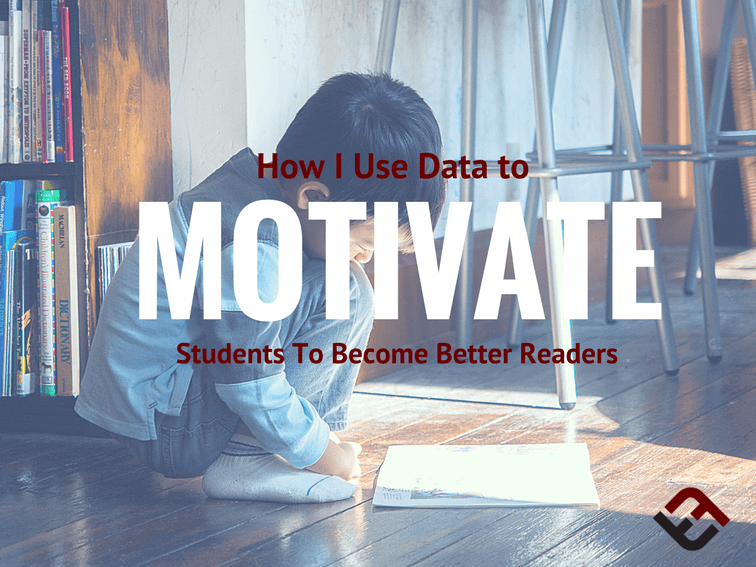 Choose a variety of high-quality literature that appeals to your child’s age and interests. Audio books are another great option for a reluctant reader. And don’t abandon read-aloud time when your children get older—no one is too old for a great read-aloud.
Choose a variety of high-quality literature that appeals to your child’s age and interests. Audio books are another great option for a reluctant reader. And don’t abandon read-aloud time when your children get older—no one is too old for a great read-aloud. - Make sure the reading material isn’t beyond your child’s reading abilities. The interest may be there, but if the book is hard to read, your child’s motivation will wane.
- Create a cozy reading nook. A special reading space may be all the encouragement your child needs to settle down and spend time with a good book!
- Look for a variety of reading material. Kids often gravitate toward the fiction shelves in the library, but don’t stop there. There are many other genres to consider: joke books, cookbooks, how-to books, graphic novels, and biographies are all great non-fiction possibilities. And children’s magazines can be a great out-of-the-box way to encourage a child to read.

- Try buddy reading with your struggling reader. Buddy reading can help improve a child’s fluency and make him feel more comfortable with reading on his own.
- Have your reluctant reader read easy picture books to younger siblings. This provides excellent practice, yet it doesn’t feel like work.
- Let humor work its magic! Select a funny book at your child’s reading level and read the first chapter aloud. Then stop reading. If your child wants to find out what happens next, he’ll have to read it himself!
- Exhibit a love of reading. When your kids observe that you love to read, they’re more likely to develop a love of reading themselves.
- Provide access to books. Use your public library. Create a home library. Keep books accessible. When your child decides he wants to read, you want to be sure there’s a book at his fingertips. Our picture book and chapter book library lists are a great place to start!
Have you discovered a great way to motivate your child to read? Please share in the comments below and we’ll add your idea to our readers’ tips box.
Motivational Tips Recommended by Our Readers
- For every 10 books your child reads, allow her to choose a prize from a bin of dollar store goodies. (Recommended by D. Jacobs via Instagram)
- Pick books that feature topics and themes your child is already interested in. (Recommended by Lara via Instagram)
- Let your child choose what he or she wants to read! (Recommended by Sarahi D. via Facebook)
- I make sure that books with higher reading levels have lots of illustrations and diagrams. (Recommended by Nancy B. via Facebook)
- Comic books! (Recommended by Alaina K. via Facebook)
- Keeping a reading log of completed books can be a great motivator! (Recommended by Robin W., AALP Customer Service)
- Graphic novels got my oldest son interested in reading! (Recommended by Corrie via Facebook)
- Read aloud together with finger puppets! (Recommended by Marci via blog comment)
- Choose silly chapter books like How to Eat Fried Worms that tickle your child’s funny bone.
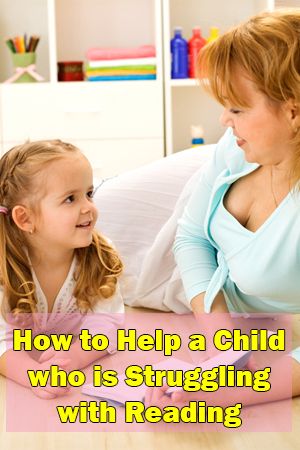 (Recommended by Rachael via blog comment)
(Recommended by Rachael via blog comment) - Have an older child read easy picture books to a younger sibling. (Recommended by Ann Marie via blog comment.)
- Create fun and engaging activities that tie in to the themes of a book your child is reading. (Recommended by Allyson via blog comment)
- Challenge your child to make up fun voices as he reads. (I do it too!) (Recommended by Anita via blog comment)
- Use one-page stories to get them past the fear of the story being too long. You can even write your own! (Recommended by Anita via blog comment)
- The “book it” program by Pizza Hut is a great motivator. (Recommended by Nichol via blog comment)
Photo credit: Rachel Neumann and Joleen Steel
How to instill a love of reading
So that a child can analyze, think, and sometimes even cry over a book…
How to educate a real reader?
New generation chooses
When my youngest daughter turned one year old, on her birthday we decided to tell fortunes about her fate.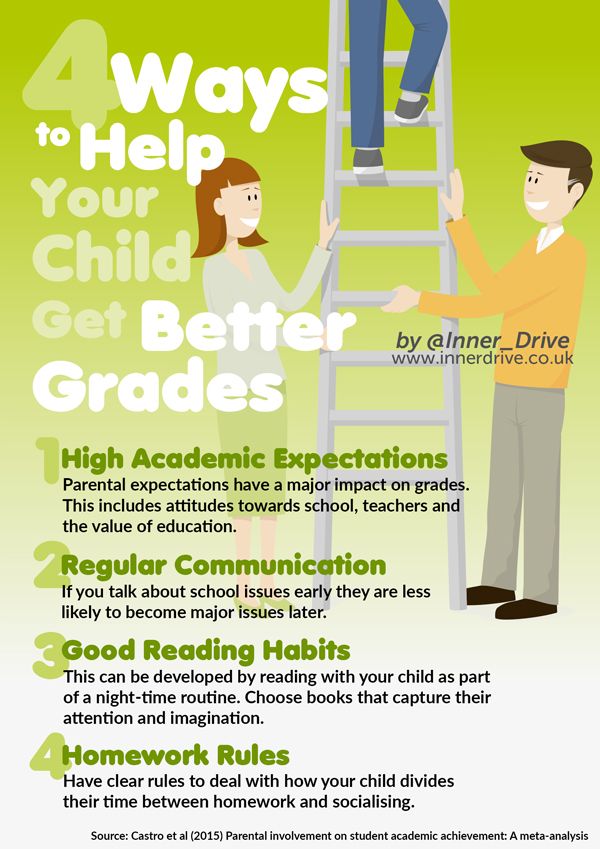 Several objects were laid out on the sofa, which symbolized life's priorities. A floppy disk meant computer literacy, a doll was an image of motherhood, a hoop symbolized needlework, a book - a love of reading and science, a comb - coquetry, a brush - artistic creativity, a dollar bill, of course, financial security. Dasha briskly approached this abundance, grabbed a book and went to a corner - "to read." Not without difficulty, the girl was dragged out of the corner to choose further. After much hesitation, the child took the brush, and then the embroidery hoop. In general, the image of a noble girl turned out - education, art, needlework.
Several objects were laid out on the sofa, which symbolized life's priorities. A floppy disk meant computer literacy, a doll was an image of motherhood, a hoop symbolized needlework, a book - a love of reading and science, a comb - coquetry, a brush - artistic creativity, a dollar bill, of course, financial security. Dasha briskly approached this abundance, grabbed a book and went to a corner - "to read." Not without difficulty, the girl was dragged out of the corner to choose further. After much hesitation, the child took the brush, and then the embroidery hoop. In general, the image of a noble girl turned out - education, art, needlework.
“Dashunya, can we get some money?” - Mom asked with a secret hope for a comfortable old age. But the girl was firm and refused further "gifts" of fate. “Well, wow,” said my friend, “she’s so small, but she’s drawn to books.”
And added with a sigh. - And my dunce at the age of twelve does not want to see anything but a computer and a TV. He reads only according to the school curriculum, he doesn’t want to see any more books, he won’t even read an extra line if he didn’t ask. And how to make him read, I have no idea ...
He reads only according to the school curriculum, he doesn’t want to see any more books, he won’t even read an extra line if he didn’t ask. And how to make him read, I have no idea ...
Of course, our divination was a joke, but for today's children the problem of reading is quite serious. Psychologists, parents and educators are sounding the alarm: children and teenagers do not want to read! Meanwhile, love for the book is instilled from the earliest nails, and already at the age of a year and a half, a child may well become a real reader, as long as, of course, with your help. So, how to make a baby friend with a book? What and how to read to the smallest, how to help the baby fall in love with the wonderful world of the book?
When to start?
You can start your baby's acquaintance with the treasury of world literature even before birth. After all, now it is no secret to anyone that from the twentieth week of intrauterine life, the baby is able to hear. Usually, however, future parents prefer to listen to their favorite music with their baby than to read aloud. But a child in the mother's womb definitely needs to listen to human speech - both live, addressed to him, and literary texts.
But a child in the mother's womb definitely needs to listen to human speech - both live, addressed to him, and literary texts.
When I was pregnant with my eldest daughter, my husband and I read quite a lot of Pushkin aloud. Read and then - already when she was born. And it is curious that under the familiar verses the girl calmed down faster, and at the age of five she easily learned a long tale about Tsar Saltan. At times it seemed that she was recalling a familiar text. It is quite likely that this was the case.
Our youngest daughter, being in her mother's belly, heard so many different children's poems, fairy tales and songs that we read and sang to her sister that it is even difficult to determine her preferences here.
From about half a year, you can introduce the baby to real books. Carefully monitor the reaction of the baby: if the book clearly does not arouse his interest, it is better to wait a bit. A baby a few months old is unlikely to be truly interested in the latest in children's literature. So don't rush.
So don't rush.
As a rule, books begin to attract little ones who have barely crossed the milestone of the year.
How to read to the smallest?
It would seem a strange question - take it and read it. However, it has its own secrets and features. It is better if at the very beginning you, paradoxically, do without reading at all, because even in simple texts for a baby there are quite a lot of unfamiliar words.
Sometimes parents complain that the child, they say, does not want to listen when a book is read to him, impatiently turns page after page, or even runs away altogether. Do not scold the baby for inattention and do not force him to listen to your reading at all costs. Instead, imagine that you are being read a text in a foreign language that you understand at best a quarter. Well, if in a set of unfamiliar words you can at least feel some rhythm. How long will your patience last?
So don't try to read an unfamiliar text to a baby, even if it's short and poetic! Your first comment should be something like this: “Look, it's a dog. And this is a horse. And what's that? This is a bird”, etc.
And this is a horse. And what's that? This is a bird”, etc.
The comment may expand gradually. First - who is shown in the picture, then - what he does, then - what he is, where, with whom, etc. This is how our speech is built, this is how words are combined into a sentence. When the basic concepts of "who?" and “what does it do?” will be learned, actively use prepositions - on, under, below, above, above, on the left, on the right , etc. All this will help your baby to more easily navigate in space - both in real and in the depicted one - and expand his vocabulary.
Gradually, one can move from comments to a “real” text: quatrains or short (two or three sentences) captions under pictures. Fairy tales by V. Suteev are good in this regard (you can start, for example, with “Three Black Kittens” or “Chicken and Duckling”), English poems and songs translated by S. Marshak, “Chicken” by K. Chukovsky, immortal “Toys” A. Barto.
It's great if you can "color" the text with dance moves or simple finger gymnastics.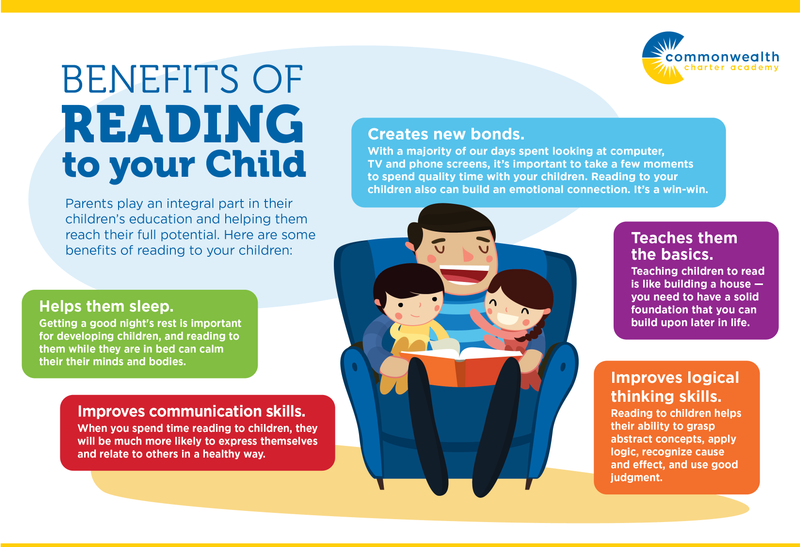 For example, "Forty-forty", "Skok-jump", "Aty-baty", etc. Our “hit of the season” was the following work:
For example, "Forty-forty", "Skok-jump", "Aty-baty", etc. Our “hit of the season” was the following work:
- I play the violin - tili-li, tili-li, (the kid holds an imaginary violin in his hands and “plays” on it),
- Bunnies are dancing on the lawn - tili-li yes tili-li (“dancing”, twirling their raised arms).
- And then on the drum - bam-bam-bam, bam-bam-bam (the child taps his palms on some surface),
- In fear, the bunnies ran into the bushes! (hides face in hands).
Or maybe you will come up with some dance moves yourself?
Try to read expressively, even for the hundred and first time. Take your time, let your speech be clear and at the same time melodious, with bright intonations. For a kid, this is very important, because it is much easier and more pleasant for him to perceive the book world not in the form of monotonous mumbling, but through the colorful life of a variety of characters.
And most importantly, your emotional state. Together with your child, be surprised by the huge giraffe and admire the fluffy pussy. Try to see all this for the first time, through the eyes of a baby. But in order for the pictures to arouse your sincere admiration (otherwise it is impossible - after all, children subtly feel falsehood), books must be of very good quality. And here we come to the difficult problem of choosing children's books. It would seem that in modern times, store shelves are literally littered with a variety of book products - just buy it. However, be careful!
Together with your child, be surprised by the huge giraffe and admire the fluffy pussy. Try to see all this for the first time, through the eyes of a baby. But in order for the pictures to arouse your sincere admiration (otherwise it is impossible - after all, children subtly feel falsehood), books must be of very good quality. And here we come to the difficult problem of choosing children's books. It would seem that in modern times, store shelves are literally littered with a variety of book products - just buy it. However, be careful!
What to read to babies?
Try to choose books with high-quality binding and hard cardboard pages, preferably laminated, because the baby will certainly want to try such beauty by mouth.
Books made of plastic and cloth are suitable for the little ones; It's great if a young book lover gets acquainted with different textures: now they begin to produce books in which pieces of fabric, fur, and oilcloth are glued. Be sure to run your baby's fingers over various surfaces, this will help him fix visual images with the help of tactile sensations.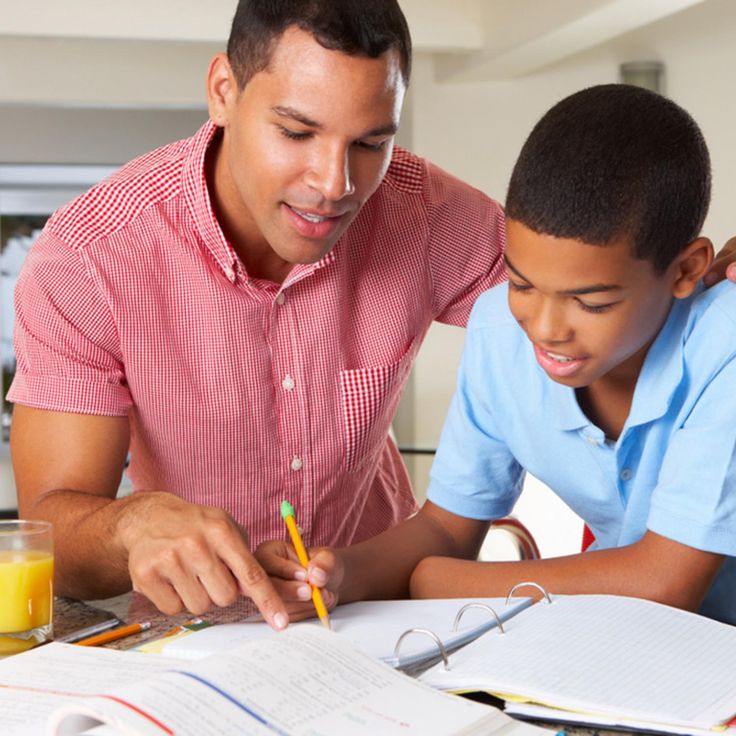
Illustrations are preferably large enough, bright, but at the same time without numerous small details, and, of course, recognizable. If you yourself doubt who is depicted in the picture - either a bunny, or a pussy, or maybe a mouse, you should not show such a book to a child. It's good if you can find books that depict everyday things that the baby sees around him. The fact is that just at the age of a year and a half, the baby learns to correlate the image with a real object. The closer the picture is to reality, the easier and faster this process will go. Agree, it is rather difficult to correlate a real domestic cat, which purrs, walks on four legs and rubs its head against the legs of the hostess, with an animal unknown to science in a sundress and kokoshnik. No matter how touching and cute these pictures may seem to you, leave them for later.
I recommend the “My First Book” series published by the Rosmen publishing house. The series includes the books "Words", "I'm learning", "Technique", "It's me", "Animals", "Seasons", "Letters", "Numbers". These are small format books (which means they are convenient to take with you on a trip, to a clinic or for a walk) with smooth cardboard pages. On each page there are several thematically selected photographs and captions to them.
These are small format books (which means they are convenient to take with you on a trip, to a clinic or for a walk) with smooth cardboard pages. On each page there are several thematically selected photographs and captions to them.
If these other books are unavailable for some reason, you can make them yourself (I made such "helps" for my eldest daughter when there were still few such materials on sale). To get started, stock up on old magazines, books, postcards, catalogs of cars, clothes and furniture. Cut out suitable pictures from them and sort them into thematic folders: for example, interior, man, animals, nature, seasons, etc. These pictures can be pasted into drawing albums or used in photo albums. Insert a 10x15 cm white cardboard card into each pocket of the photo album. On both sides, you can now insert pictures into the transparent pocket and change them as you wish. It's even more convenient than sticking them into a large album. Pictures can be signed, or you can not do this - as you like.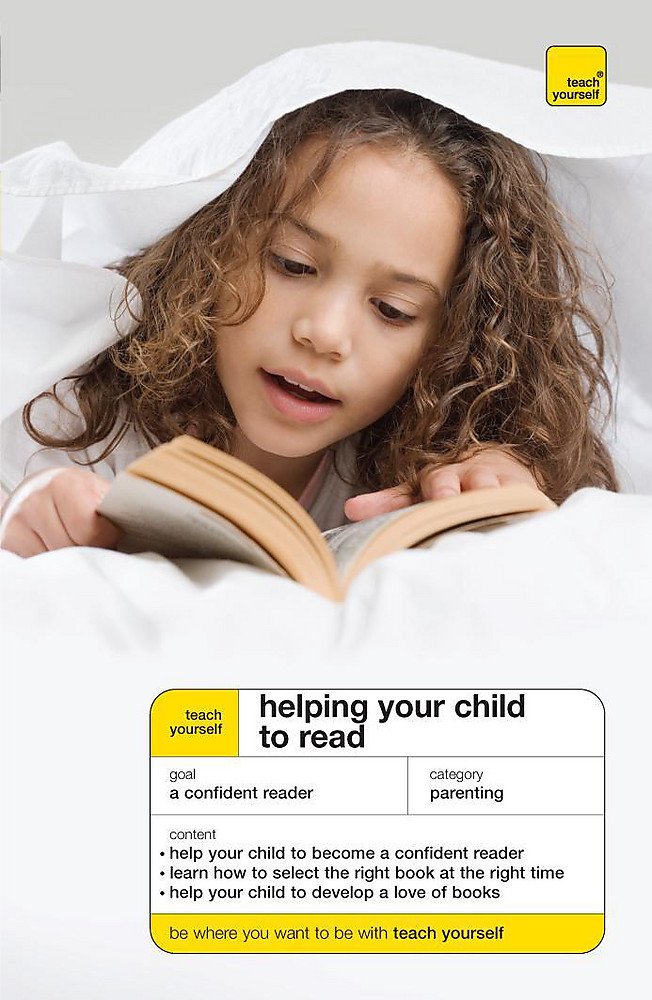
In addition to bright illustrations and strong binding, the books also have content. And it, alas, often leaves much to be desired. Leafing through a book in the store, read a few randomly opened lines. Sometimes in children's texts there are such pearls, on which you should not acquaint the baby with literature.
For example, the following verse somehow caught my eye:
- A goat went to the garden for cabbage leaves,
- The goat is chewing cabbage, but the mood is sad.
- It is probably very difficult for a goat to give milk.
Or these: - Why does an evil dog walk, wagging its tail? - Either the tail is so trained, or it is screwed badly.
Impressive, right? As they say, no comment...
By the way, sometimes books come to our house as gifts. And donors do not always have the opportunity to study children's literature in detail in the store: often on the run they grab the first bright book that comes across, which is then solemnly handed over to the little one. In this case, try to at least skim through it before the printed matter falls into the hands of your child. Sometimes the pictures in the book are not bad, but the content leaves much to be desired. In this case, it is better to do without reading at all, limiting yourself to your comments on the drawings. By the way, it will be nice if you type your comments on a computer, print it out and paste it at the bottom of the page. After all, children are very jealous of the exact reproduction of the text. Once they start talking, they will certainly correct you if you deviate even slightly from your own original. So it's better to perpetuate the comments.
In this case, try to at least skim through it before the printed matter falls into the hands of your child. Sometimes the pictures in the book are not bad, but the content leaves much to be desired. In this case, it is better to do without reading at all, limiting yourself to your comments on the drawings. By the way, it will be nice if you type your comments on a computer, print it out and paste it at the bottom of the page. After all, children are very jealous of the exact reproduction of the text. Once they start talking, they will certainly correct you if you deviate even slightly from your own original. So it's better to perpetuate the comments.
When choosing books for your baby, focus on classic children's books. Simple folk tales will do: “Turnip”, “Kolobok”, “Teremok”, “Ryaba Hen”, “Masha and the Bear”, “Cat, Rooster and Fox”, “Zayushkina Hut”. Perhaps, in a fit of nostalgia, you will want to re-read "The Mustachioed Striped" or "The House That Jack Built" by S. Marshak or poems and fairy tales by K. Chukovsky ("Telephone", "Wonder Tree", "Moidodyr", "Sandwich", “An elephant is reading”), etc.
Chukovsky ("Telephone", "Wonder Tree", "Moidodyr", "Sandwich", “An elephant is reading”), etc.
Favorite books are read to holes. It is quite possible that the child will "sink" on one or two books and will demand to read them fifteen times a day. Humble yourself. In order to live, to feel this or that story, children need to listen to it more than once or twice.
A great way to consolidate and see a familiar fairy tale in a new way is to show it in a home puppet theater. For example, we have such a tradition: the whole family gathers on Sundays in an impromptu auditorium, and each in turn shows everyone else some kind of fairy tale.
Exams are cancelled!
Of course, you will definitely want to check what the kid has learned from your explanations, whether he remembers where the notorious pussy is, whether he will now distinguish it from a cow.
For the most part, this concerns the so-called educational literature: books designed specifically for learning colors, shapes, sizes, opposites, etc.
about the firstborn). However, do not abuse the role of a strict examiner! It is possible that the child is not at all in the mood to answer you, although he knows perfectly well what is required of him. Now the most important thing for him is to absorb the maximum amount of information about the world, and he will process and analyze it later, when the time comes.
In general, try not to burden your child with didactic literature. He is now learning to feel, to accept the image as a whole, and not its individual parts. Therefore, if you casually mention that the cube that the baby is now reaching for is yellow, he will more likely remember this fact than if you purposefully “read” books about different colors with him.
Instead of "exams", try to better discuss and retell together the text you have just read. The principle of constructing a retelling is exactly the same as commenting on pictures. First, "who's there?" This is naming, the very first speech generalization. Then "What does he do?" If the baby still does not speak very well, do not be afraid to repeat the answer once again instead of him. Soon, perhaps, he will repeat your answer in his "alien" language or point with his finger. Both are true participation in the conversation!
Then "What does he do?" If the baby still does not speak very well, do not be afraid to repeat the answer once again instead of him. Soon, perhaps, he will repeat your answer in his "alien" language or point with his finger. Both are true participation in the conversation!
The authority of the book should also be reinforced in role-playing games, which the baby gradually begins to master. Let him “read” his favorite book to his dolls, bears or bunnies. And, maybe, the father who returned from work will act as a grateful listener? Please note that sometimes in the "reading" of the baby you can hear a clear poetic rhythm and familiar words flashing in it. This means that the baby feels the rhythm of speech and tries to reproduce it. The desire to "read for fun" should be supported in every possible way by the child, this is a very important point.
What's new?
Quite often a child agrees to listen to familiar stories from pictures as much as he likes, but flatly refuses to get acquainted with new books.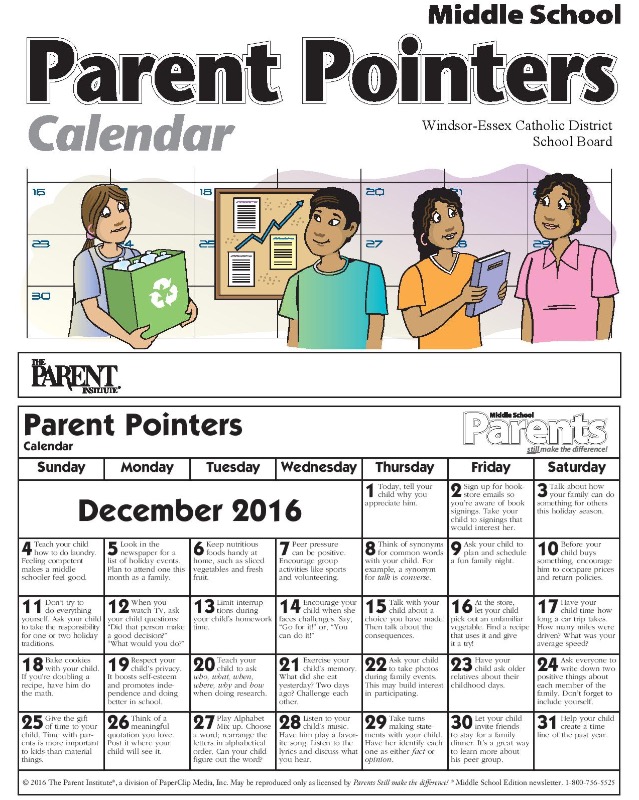 It's very simple: children are the world's greatest conservatives, and they love what they know well. So, you need to help new texts enter your daily life. Learn in advance a few new poems that you are going to introduce the baby to, and read them by heart while bathing, eating, walking, etc. If there is not enough time to memorize poetry, you can print small texts on a printer (or even write them by hand) and hang the texts around the apartment. Then it will be possible to read without looking up from household chores. After such preparation, it will be much easier for the child to perceive the text in the book.
It's very simple: children are the world's greatest conservatives, and they love what they know well. So, you need to help new texts enter your daily life. Learn in advance a few new poems that you are going to introduce the baby to, and read them by heart while bathing, eating, walking, etc. If there is not enough time to memorize poetry, you can print small texts on a printer (or even write them by hand) and hang the texts around the apartment. Then it will be possible to read without looking up from household chores. After such preparation, it will be much easier for the child to perceive the text in the book.
You can mark in advance the most important points in the text with a pencil and start reading from them, along the way explaining and commenting on the plot from the picture. Show with your baby's finger what you want to draw his attention to. Gradually, the volume of the text will expand, and the child will be able to perceive it with interest. If you don’t get to the end for the first and even the fifth time, it’s okay, someday it will happen anyway!
And, of course, the best way to introduce a new text to a child is a game. When showing your baby a new toy, read a short poem about it. You can arrange the simplest dramatizations, in which both toys and the baby himself can participate. For example, he will gladly portray a swinging bull, ready to fall off a shaky board. Or he will regret and “cure” a bear with a torn off paw. Or show how a plush cat didn't fit in a toy truck and flipped it over. Such a "theatrical performance" will help the egoza to understand the meaning of the poem from his own experience.
When showing your baby a new toy, read a short poem about it. You can arrange the simplest dramatizations, in which both toys and the baby himself can participate. For example, he will gladly portray a swinging bull, ready to fall off a shaky board. Or he will regret and “cure” a bear with a torn off paw. Or show how a plush cat didn't fit in a toy truck and flipped it over. Such a "theatrical performance" will help the egoza to understand the meaning of the poem from his own experience.
Gradually, the young reader himself will begin to take part in the process. Try, for example, when reading a familiar poem, pause at the end of the line before the last word. It is likely that the baby will finish the line himself. You can start with the simplest, onomatopoeic verses. For example, such:
- Our ducks in the morning - KRYA, KRYA, KRYA,
- Our geese by the pond - GA, GA, GA,
- Our turkey in the yard - BAL-BAL-DA.
- Our rhymes are upstairs - GRU-RU-RU.

- Our chickens in the window - KO-KO-KO.
- And how is Petya the cockerel early in the morning
- We will sing KU-KA-RE-KU!
Books and...?
The general atmosphere at home is very important for introducing the baby to the world of books. If a child sees that mom does not read anything but fashion magazines or a collection of culinary recipes, and dad sits in front of the TV or plays computer games all his free time, it is hard to imagine that the baby will want to pick up a book. And even more so to become an inveterate book lover. So we start, as usual, with ourselves ...
Is it possible to combine reading with something else?
When you are going to read a book to your baby, turn off the tape recorder and TV so that they do not distract the child from the reading process. An exception may be perhaps soft classical music, specially selected in advance for the plot of the book.
But filmstrips, on the contrary, will help to interest the restless reader.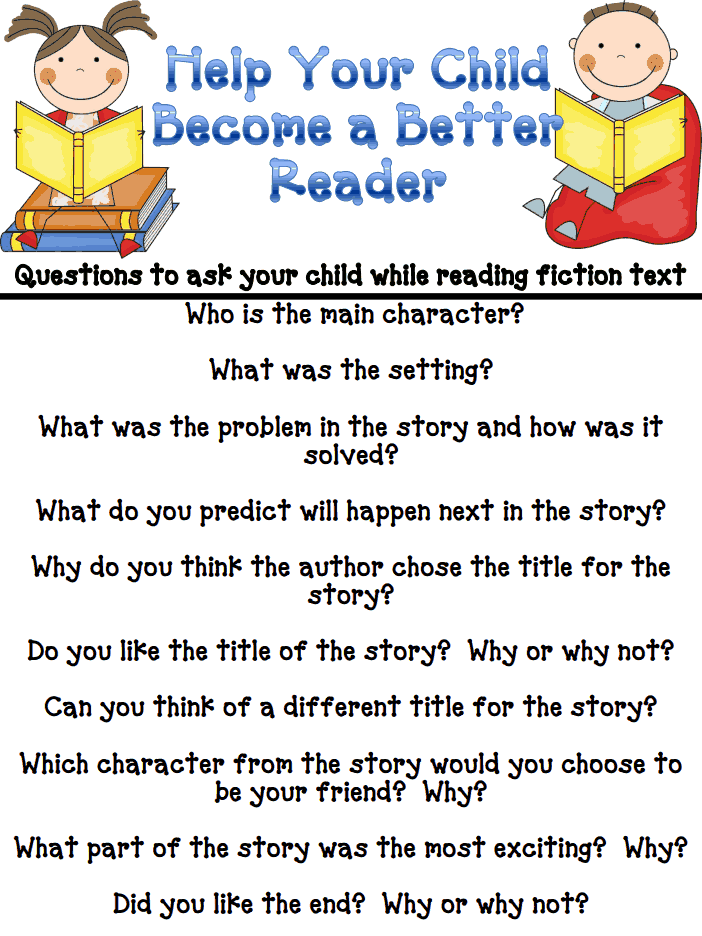 For some reason, they enjoy constant success even among the most sophisticated kids in modern technology. There is, however, one difficulty: overhead projectors have now become a rarity. But if you inherited this “magic lantern”, be sure to use it for its intended purpose.
For some reason, they enjoy constant success even among the most sophisticated kids in modern technology. There is, however, one difficulty: overhead projectors have now become a rarity. But if you inherited this “magic lantern”, be sure to use it for its intended purpose.
The very atmosphere of the mysterious cooking, the white screen and the magic beam of the overhead projector set the baby up for something unusual and exciting. Frames in filmstrips change faster than pages in a book, so the video sequence that reinforces the literary text turns out to be more lively and rich. Unlike real cartoons, the frame of the filmstrip can be viewed as much as you like, by adjusting the display speed yourself. It is quite possible that the baby himself will soon want to comment on the "cartoon on the wall." Be sure to give him a try.
Be patient and attentive, and your baby will make the first steps in the vast world of fiction easily and with pleasure. And, believe me, your efforts today will pay off handsomely later.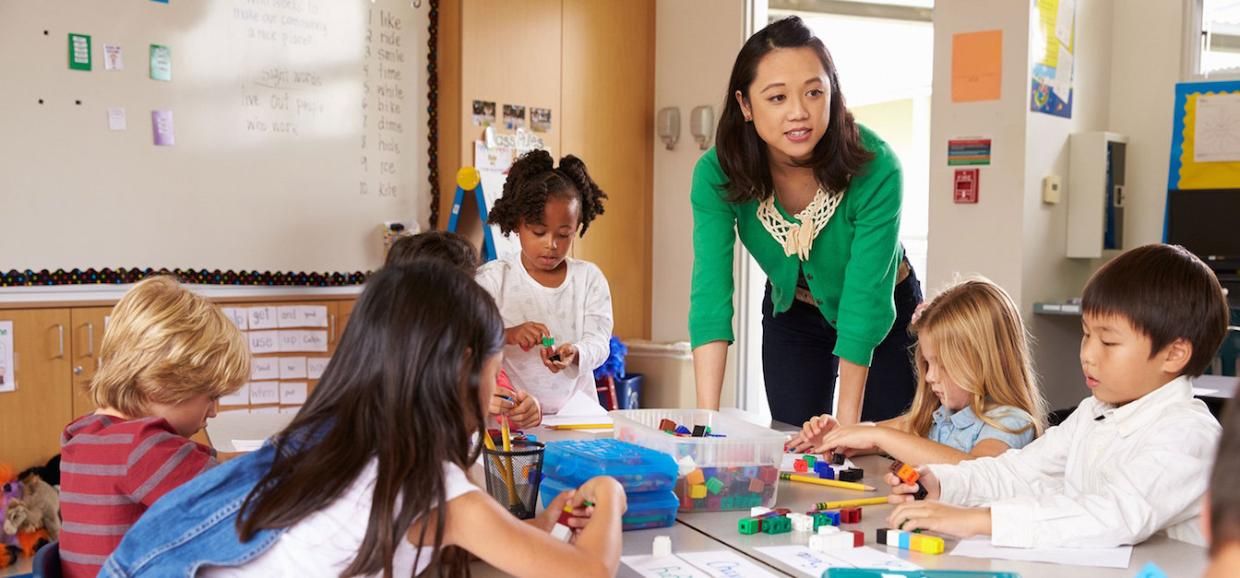
Inessa Smyk
According to the materials of the journal "Aistenok"
Sources
- Arkhipova NV., Argunova YA. [Unresolved issues in the prevention of bronchopulmonary complications in a cardiac surgery patient from the standpoint of a rehabilitation therapist]. // Vopr Kurortol Fizioter Lech Fiz Kult - 2021 - Vol98 - N2 - p.65-69; PMID:33899454
- Nenna A., Nappi F., Spadaccio C., Greco SM., Pilato M., Stilo F., Montelione N., Catanese V., Lusini M., Spinelli F., Chello M. Advanced measurements of coronary calcium scores : how does it affect current clinical practice? // Future Cardiol - 2021 - Vol - NNULL - p.; PMID:33885330
- Yang S., Shao Y., Yan Q., Wu C., Yang H., Zou J. Differential Diagnosis Strategy between Lower Extremity Arterial Occlusive Disease and Lumbar Disc Herniation. // Biomed Res Int - 2021 - Vol2021 - NNULL - p.6653579; PMID:33884268
- Yang Y., Xiao F., Wang J., Song B.
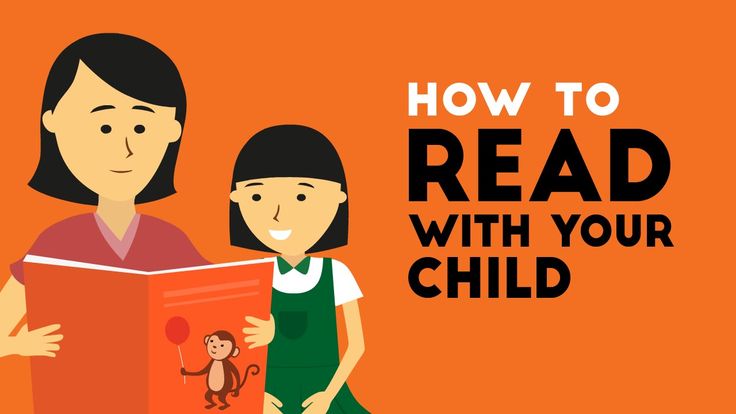 , Li XH., Zhang SJ., He ZS., Zhang H., Yin L. [One-stage surgery in patients with both cardiac and non-cardiac diseases]. // Beijing Da Xue Xue Bao Yi Xue Ban - 2021 - Vol53 - N2 - p.327-331; PMID:33879906
, Li XH., Zhang SJ., He ZS., Zhang H., Yin L. [One-stage surgery in patients with both cardiac and non-cardiac diseases]. // Beijing Da Xue Xue Bao Yi Xue Ban - 2021 - Vol53 - N2 - p.327-331; PMID:33879906 - Dang W., Wang J., Zhang Q., Liu N., Li W., Yao Z. Analysis of individualized antiplatelet therapy for patients of acute coronary syndrome after percutaneous coronary intervention under the guidance of platelet function: A one-center retrospective cohort study. // Medicine (Baltimore) - 2021 - Vol100 - N16 - p.e25601; PMID:33879725
- Cao S., He T., Xie J., Feng H., Liu K., Qu B., Wu X. Drug-coated balloon angioplasty versus balloon angioplasty for treating patients with in-stent restenosis in the femoropopliteal artery: A meta analysis. // Medicine (Baltimore) - 2021 - Vol100 - N16 - p.e25599; PMID:33879723
- Zhang J., Jing R., Liu JJ., Di CY., Lu YJ., Gao P., Wang YJ., Yang RF., Lin WH. [The application status of optimal medical therapy after percutaneous coronary intervention and its influence on prognosis].
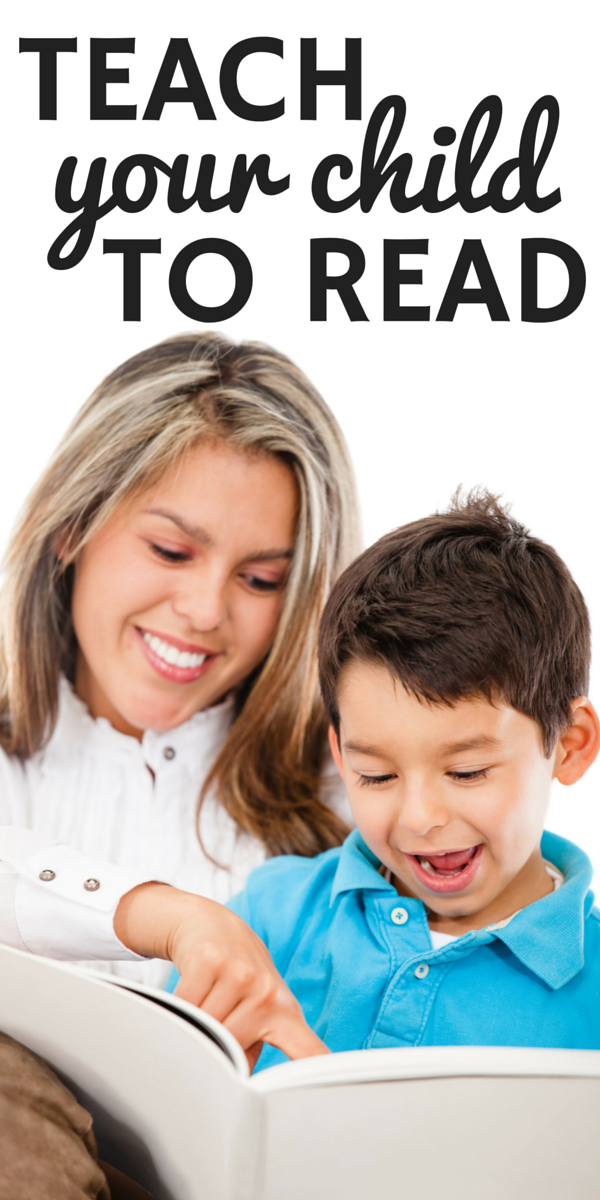 // Zhonghua Yi Xue Za Zhi - 2021 - Vol101 - N15 - p.1064-1070; PMID:33878833
// Zhonghua Yi Xue Za Zhi - 2021 - Vol101 - N15 - p.1064-1070; PMID:33878833 - Koskinas KC., Mach F., Räber L. Lipid-lowering therapy and percutaneous coronary interventions. // EuroIntervention - 2021 - Vol16 - N17 - p.1389-1403; PMID:33875408
- Byrne L., Wheen P., O'Connor S. Emergency TAVI in cardiogenic shock and cardiorenal syndrome secondary to severe bicuspid aortic stenosis. // BMJ Case Rep - 2021 - Vol14 - N4 - p.; PMID:33863765
- Karbasiafshar C., Sellke FW., Abid MR. Mesenchymal stem cell-derived extracellular vesicles in the failing heart: past, present, and future. // Am J Physiol Heart Circ Physiol - 2021 - Vol - NNULL - p.; PMID:33861149
How to help your child fall in love with reading
Books are a source of both pleasure and knowledge. But how to prove it to your child, who flatly refuses to pick up your beloved "Three Musketeers"? Perhaps it is worth helping him find something of his own in the literature. And it is worth starting this path even before school.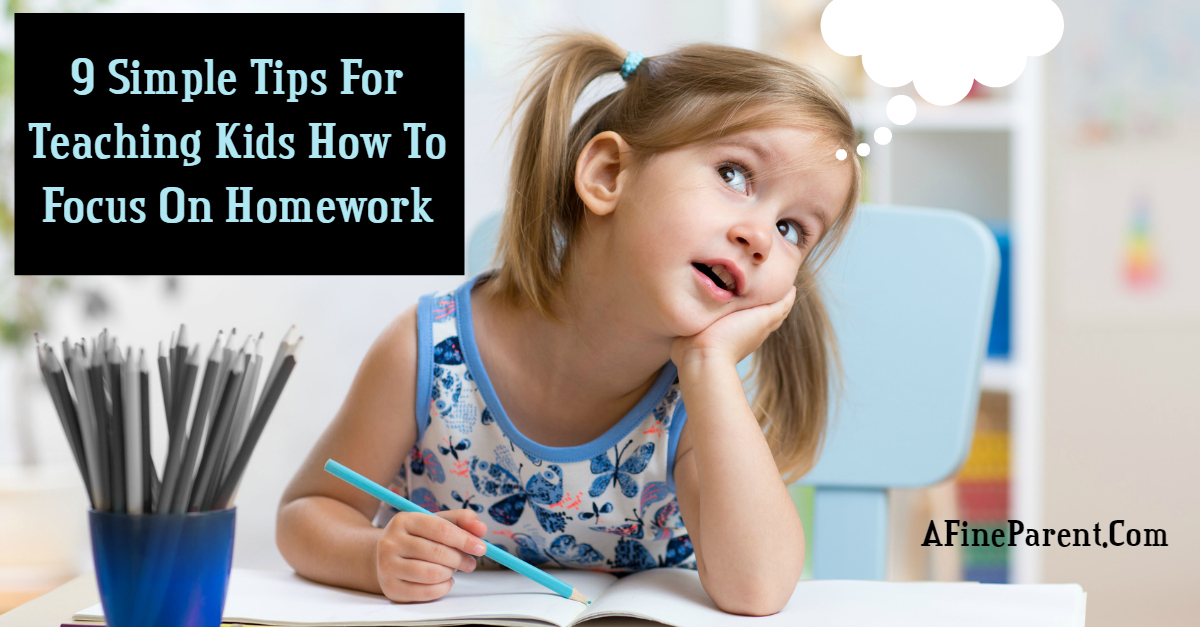
Books are a source of both pleasure and knowledge. But how to prove it to your child, who flatly refuses to pick up your beloved "Three Musketeers"? Perhaps you should help him find something of his own in literature. And it is worth starting this path even before school.
Many parents believe that schools should teach their children to read. However, success is also determined by what baggage the child will bring to first grade. And if bedtime stories were never read in his house, it will be extremely difficult to prove to a first grader that books are good and useful.
PD infographic
Personal example
Teachers advise parents to create an environment in the home that will stimulate interest in reading. One-year-old children can also show books with bright pictures, read small poems. Further more. If closer to the age of 2 the child begins to ask you to read, consider this the first serious success.
Every child has his own toys. Make sure that he has his own bookshelf. In a favorable environment, interest in reading arises on its own, and two-year-old children who quote Chukovsky by heart are not such a rarity. The main thing is personal example.
Make sure that he has his own bookshelf. In a favorable environment, interest in reading arises on its own, and two-year-old children who quote Chukovsky by heart are not such a rarity. The main thing is personal example.
"I myself love to read. Therefore, I had no doubt that my son would grow up to be an avid reader. I introduced him to the world of literature from a very early age: I started with high-quality, beautiful and fascinating books that I read to him myself," recalls mother of a nine-year-old son Daria Koptyaeva.
If your child is interested in books, support this hobby. For the best result, it is also worth limiting the time that the child spends watching TV or with a gadget in his hands. And then, according to parents, children themselves begin to learn to read at 4-5 years old.
The mother of third-grader Elena Seren recalls that even before school she bought her daughter comics about her favorite fairies, books with funny pictures about Petson and Findus.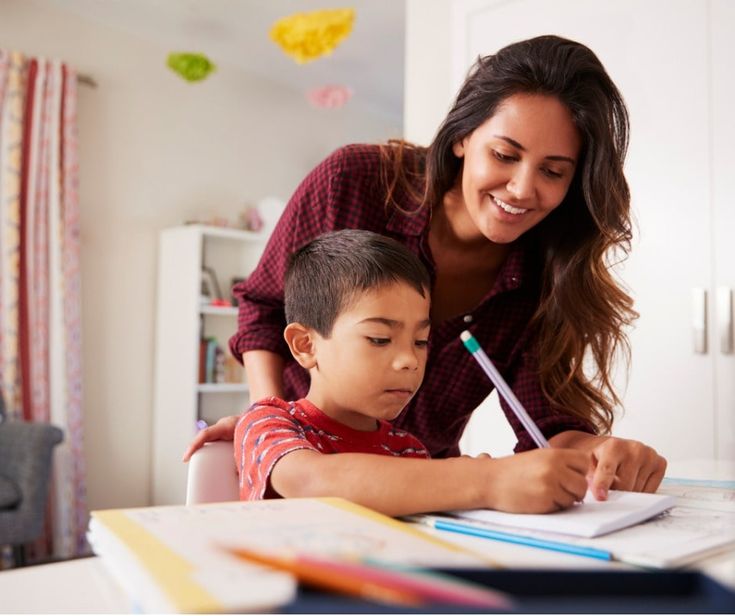 As a result, having learned to read, the girl first of all re-read all the books that her parents had read to her before, and at 9asked for the fifth Harry Potter book.
As a result, having learned to read, the girl first of all re-read all the books that her parents had read to her before, and at 9asked for the fifth Harry Potter book.
Should be interesting
Parents admit that the school system does not always help to maintain interest in reading, and sometimes it can completely discourage it.
"In the first grade, it was necessary to keep a reading diary. This is such a notebook where I had to enter the title of the book and the number of pages read by my son every day. However, we did not follow the norms too diligently: others did not open the book at all," says Daria Koptyaeva.
Schoolchildren are ordinary children, and they like to read what is interesting, says Elena Seren. "There are several kids in our class who have read all the Potter books. They discuss what they read among themselves, and everyone wants to be in the know," she says.
There is nothing wrong with your child reading children's detective stories or books based on mystical cartoons.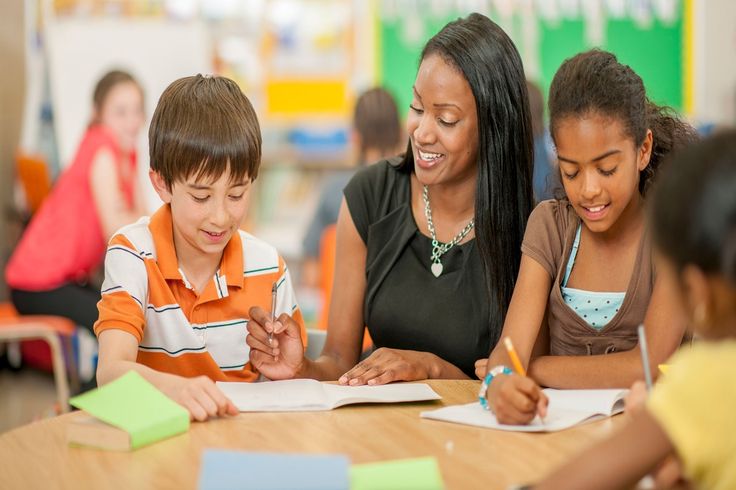 The main thing is that he is interested in reading, which means that the time will come for both Jules Verne and Pushkin.
The main thing is that he is interested in reading, which means that the time will come for both Jules Verne and Pushkin.
From Harry Potter to Onegin
If you want to introduce a student to the classics, you need to show him why these books can be interesting. Evgenia Abelyuk, Associate Professor at the Institute of Education at the Higher School of Economics, in her book "The Practice of Reading" gives advice that will help parents and teachers get their children interested in books from the school curriculum.
The first piece of advice is to discuss books, to draw parallels between the characters and ourselves, because we all used to compare ourselves and the characters of our favorite books.
You can imagine a literary work as a quest: asking a student questions that will help to find the hidden meaning - the intrigue always keeps in suspense.
Fascinating comments on it, for example, published as a separate book, can also draw attention to the book. Suffice it to recall Yuri Lotman's famous comments on Pushkin's Eugene Onegin.
Suffice it to recall Yuri Lotman's famous comments on Pushkin's Eugene Onegin.
Another helper can be fine art - a visual commentary on the book.
In addition, students can tell the story of individual words, concepts, motives that are found in the book.
Excursions into history can also arouse interest: tell us about the relationship between writers and how this was reflected in their works. The student will see that the writer is also a person, and it is more pleasant to communicate with a person than with an abstract literary monument.
Not an obligation, but a right
Reading will be a pleasure, if you do not elevate it to the rank of a daily duty, Darya Koptyaeva is convinced. "I really love Daniel Pennack's Like a Novel. In my opinion, this is the main book of parents who want to raise real readers from children. The first of the ten rights of the reader, which the author gives at the end, is the right not to read. Because reading - it's a right, not a duty," she says.





